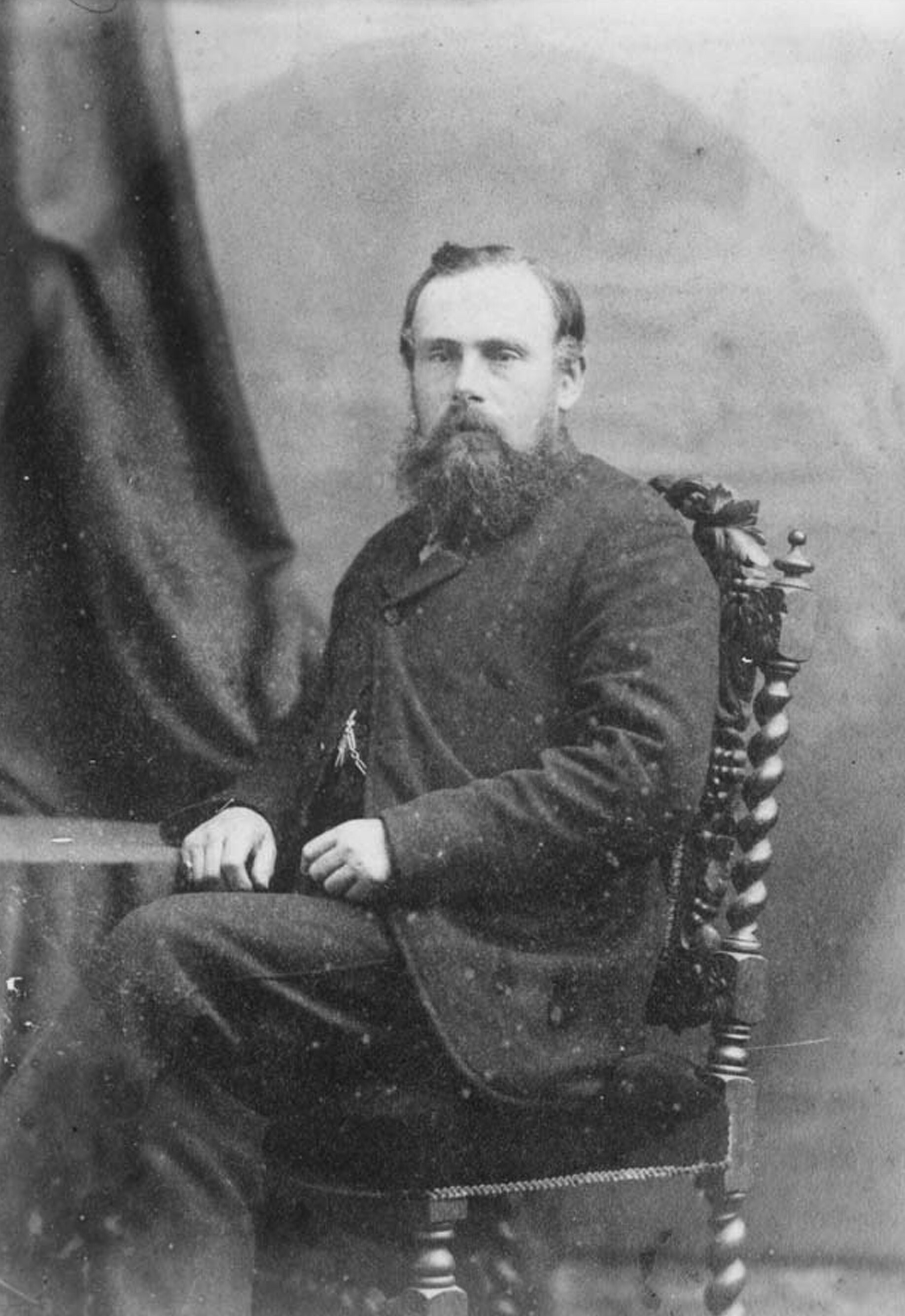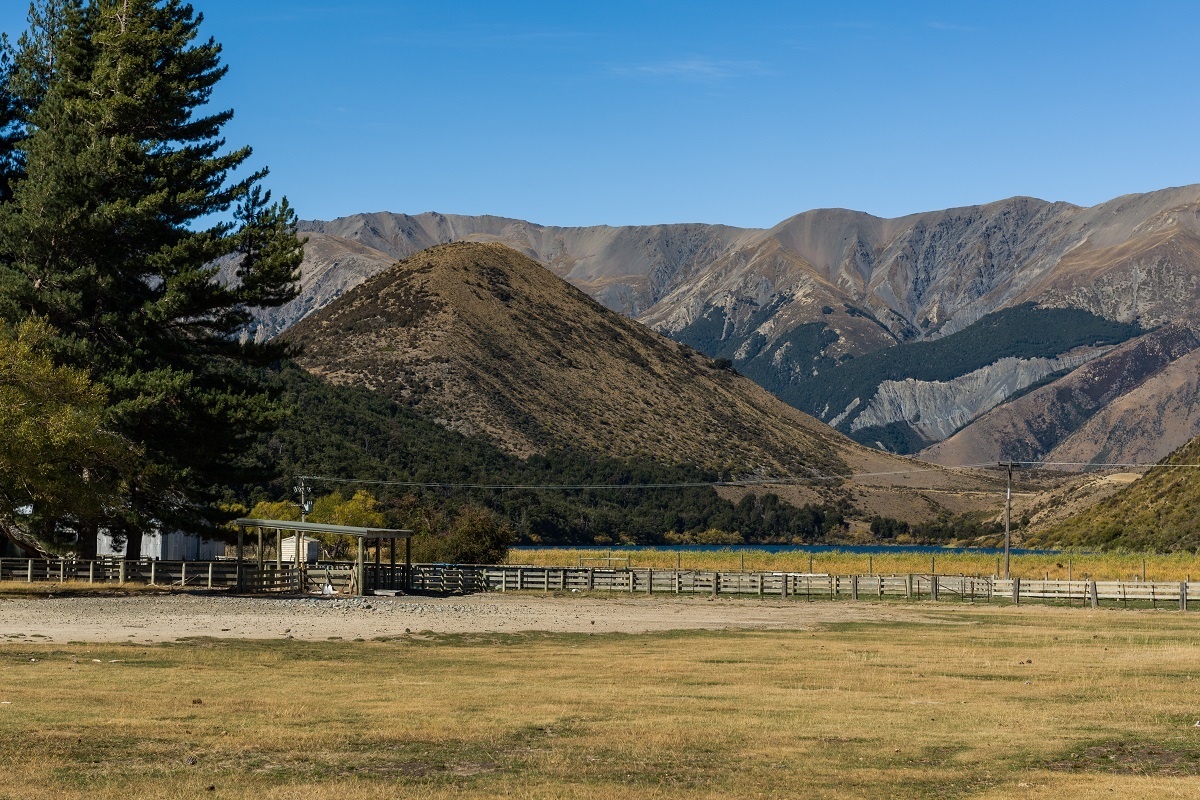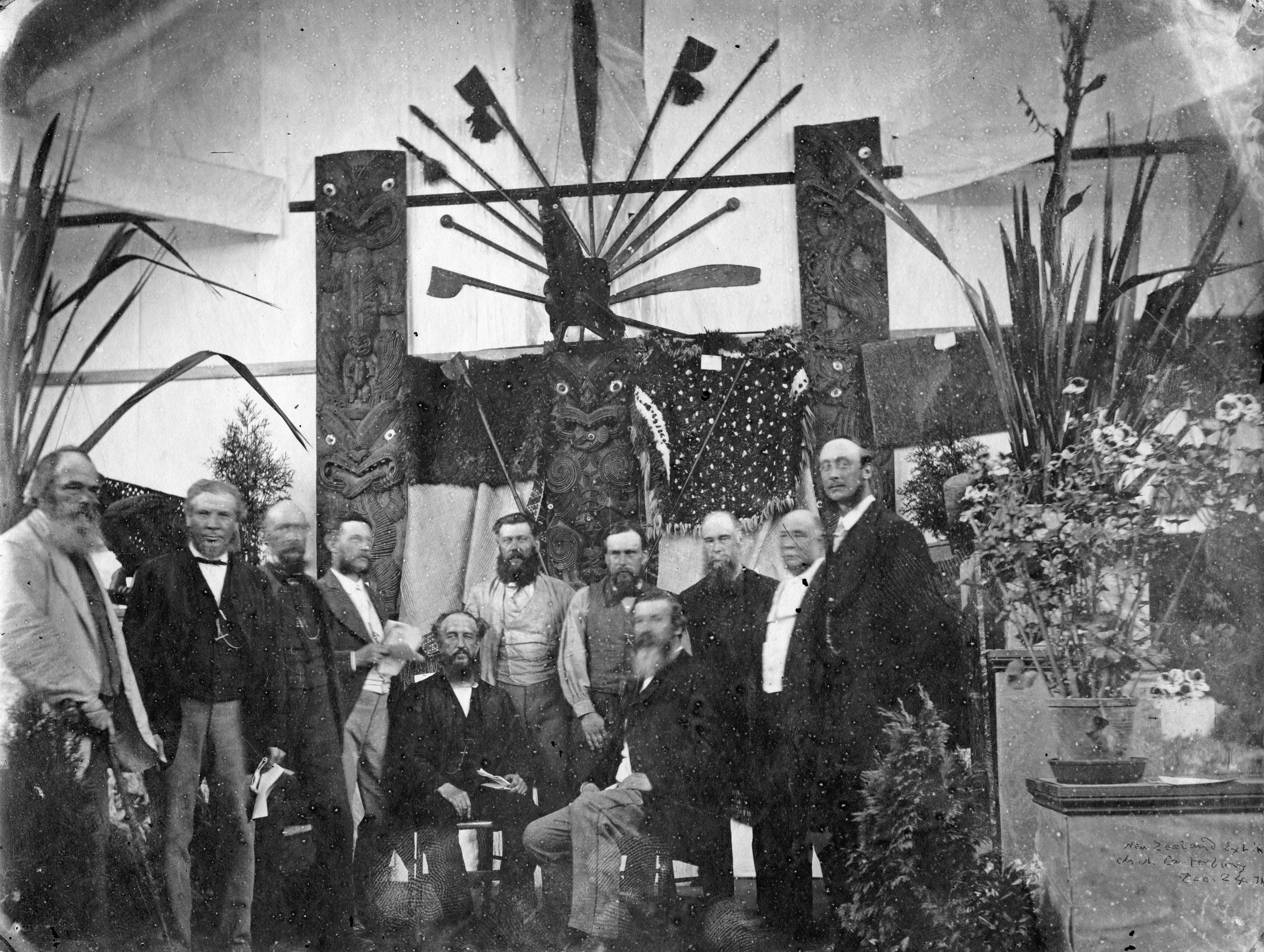Few people these days have heard the name ‘Enys’, but in nineteenth-century Canterbury, John Davies Enys (1837–1912) was a well-known community leader. He served on many committees, including the group that established Canterbury Museum and appointed Julius Haast as its first director.

Driving along Yaldhurst Road out of Christchurch today, the snowy peak rising up behind the mountains directly ahead is Mount Enys, the highest mountain on the Craigieburn Range. It's named after John Enys and his brother Charles, who ran sheep at Castle Hill Station for 26 years and were the first runholders to live in that remote high country location.
Back in their native Cornwall, the brothers’ family was celebrated for its patronage of science. In particular their famous grandfather, Davies Gilbert, a Cornish MP between 1804 and 1832, sat on almost every parliamentary committee concerned with science and the arts. In 1827, Davies Gilbert became President of the Royal Society, the highest scientific office in the English-speaking world. Amongst visitors to the Enys home was Richard Owen, the anatomist known as "the father of the Dinosaurs", who at the time was much concerned with describing moa bones.
John voyaged to New Zealand in 1861 and became a cadet for John Burton Arundel Acland and Charles Tripp, learning about sheep farming at Mt Peel and Mt Somers. Here he got to know Samuel Butler of Mesopotamia, the start of a life-long friendship, even though Butler left New Zealand after only 4 years.
In 1864, Haast and some of his enthusiastic colleagues, including John, started an Acclimatisation Society. John supported Haast in the foundation of the Philosophical Institute in Christchurch, but more importantly played a major role in the establishment of the University of Canterbury and Canterbury Museum.
John and Charles Enys bought the lease of Castle Hill Station in 1864, just as gold had been discovered on the West Coast. A road was built through their land to connect Christchurch to the Coast. This greatly reduced their isolation and made their own travelling much easier, especially after a coach service started. John first made the acquaintance of Governor George Grey, another patron of science, in 1867 when he stopped at the Castle Hill Hotel.

A keen naturalist, John collected many specimens and became an expert on fossils, plants, butterflies and moths. At Castle Hill and further afield, he collected million-year old fossils and more recent moa bones. Many were donated to Canterbury Museum and he sent other specimens back to England in exchange for items for the Museum.

Charles, who arrived in New Zealand in 1864, painted scenes from the Canterbury high country to send back to their family at Enys in Cornwall. These feature in my book John and Charles Enys: Castle Hill Runholders 1864-1891, together with some paintings by William Packe and historic photographs held at Canterbury Museum. The text is based on letters in Canterbury Museum’s collection, as well as material from other early settlers’ diaries and letters – Edward Chudleigh, Edward Curry, Alfred Porter, Acland, Charles Torlesse and the Enys brothers’ nephew Claude Rogers.
In the book, photographs by John O'Malley are matched in a "then and now" format with paintings by Charles Enys.

While working on this book I contacted some of Enys' great-great nieces in the United Kingdom. They own the Enys estate and after I contacted them they donated a portrait of John Enys to Canterbury Museum. It is likely this unsigned portrait is by Samuel Butler.

Castle Hill was a treasure trove for John Enys. Amongst the limestone deposits in the river beds were fossils, including sharks’ teeth from millions of years ago, when this area was under the sea. John found moa bones from more modern times. Thanks to his great interest in the natural world, he was able to identify what he found.
His interest extended to everything natural – plants, animal, birds, minerals. He was friends with many scientists of the day and shared his finds, often allowing the experts in the various fields to write up his discoveries. Amongst his contacts were prominent naturalists Haast, James Hector, Thomas Potts, Thomas Cheeseman, Frederick Hutton, Walter Mantell and many others. John and his friend John Innes of Mount Brown in North Canterbury found plesiosaurus and ichthyosaurus fossils (extinct marine reptiles).

In 1869 John asked his family to have his “[English] fossils, especially the chalk ones, sent out to me to be given to the Canterbury Museum, also some specimens of tin, the Museum will be built soon and I hope will be a very creditable building on the whole”. John found more and more fossils around Castle Hill. “My cabinet is nearly full already, but I keep sending boxes to the new Museum at Christchurch, as often as I can”, he wrote. John collected nearly 500 specimens of fish teeth, many of which were given to the Museum.





